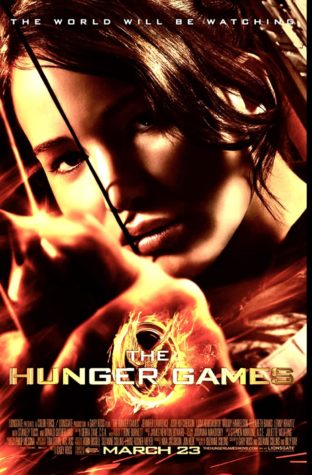Allow Me To Change Your Mind: The Musical Madness of the Holidays
November 18, 2022
It’s that time of year when Halloween treats have been eaten but the day of thanks has not been celebrated.
Another holiday has been creeping into the subconscious of everyone in America with its brand of music and it will soon be time for Christmas to shine. However, it feels like this juggernaut of a holiday spreads its influence earlier and earlier every year – this is no more evident than the songs that play on the radio or in your local mall or shopping center. Even so, there are challenges related to not hearing a certain song until Dec. 25 (I’ll get more into that later).
Learning the origin of why the playing of Christmas music so early started is almost impossible. Instead, let’s dive into the origins of the music itself.
The earliest known traces of Christmas music go back to fourth-century Rome where hymns were sung in Latin. By the 13th century, under the influence of Francis of Assisi, the tradition of popular Christmas songs in regional native languages developed. English language songs started in 1426 with John Awdlay, an English chaplain, who listed 25 “Caroles of Christmas,” probably sung by groups of wassailers who traveled from house to house.
It wasn’t until the 16th century that Christmas songs, such as “The 12 Days of Christmas,” “God Rest You Merry, Gentlemen,” and “O Christmas Tree” popped up.
The celebration of Christmas with songs was prohibited by Cromwell during his rule of the Commonwealth of England as the carols were considered Pagan and sinful. The prohibition was approved by Puritans and is still honored in the Puritan culture. The ban was rescinded when Christmas was reinstated in May 1660. The Victorian era saw the emergence of not only “Silent Night,” “O Little Town of Bethlehem,” and “O Holy Night” but also of carols themed around Saint Nicholas with “Up on the Housetop” and “Jolly Old St. Nicholas.”
In the United States, people began to put their spin on Christmas carols, starting with “Santa Claus Is Coming to Town,” written by Fred Coots and Haven Gillespie in 1934 and first performed live by Eddie Cantor on his radio show in November of that year. This also gave rise to other Christmas classics, like “Let It Snow! Let It Snow! Let It Snow!” “Winter Wonderland,” “Sleigh Ride,” “Have Yourself a Merry Little Christmas” and “Wonderful Christmastime” by Paul McCartney.
More infamous examples include “All I Want for Christmas Is You” by Mariah Carey and Walter Afanasieff, alongside “Last Christmas” by George Michael. Speaking of those last two…
Allow Me to Change Your Mind
Christmas music is about as subtle as a jackhammer on pavement. I don’t mind listening to some of the music now and then, but I have some rules about it. When I play Christmas music, I don’t do it at the stroke of midnight on Nov. 1. I let Thanksgiving have its moment to shine before fully getting into the Christmas spirit. If you want to make Christmas music interesting, try one or both of these challenges.
One example is called “Whamageddon,” which tasks you to go the entire holiday season without listening to Wham’s “Last Christmas.” To do this, one must avoid listening to the original version of the song from Dec. 1-25. Trust me, it’s more difficult than you think.
Another example is the Hard Mode, which has become more popular than “Whamageddon.” The “Mariahpocalypse” has the same rules except you replace Wham’s “Last Christmas” with “All I Want for Christmas is You.”
It’s considered the Hard Mode because “All I Want for Christmas is You” is played more often than the last song.
If you have a retail job and are taking both of these challenges, good luck.







